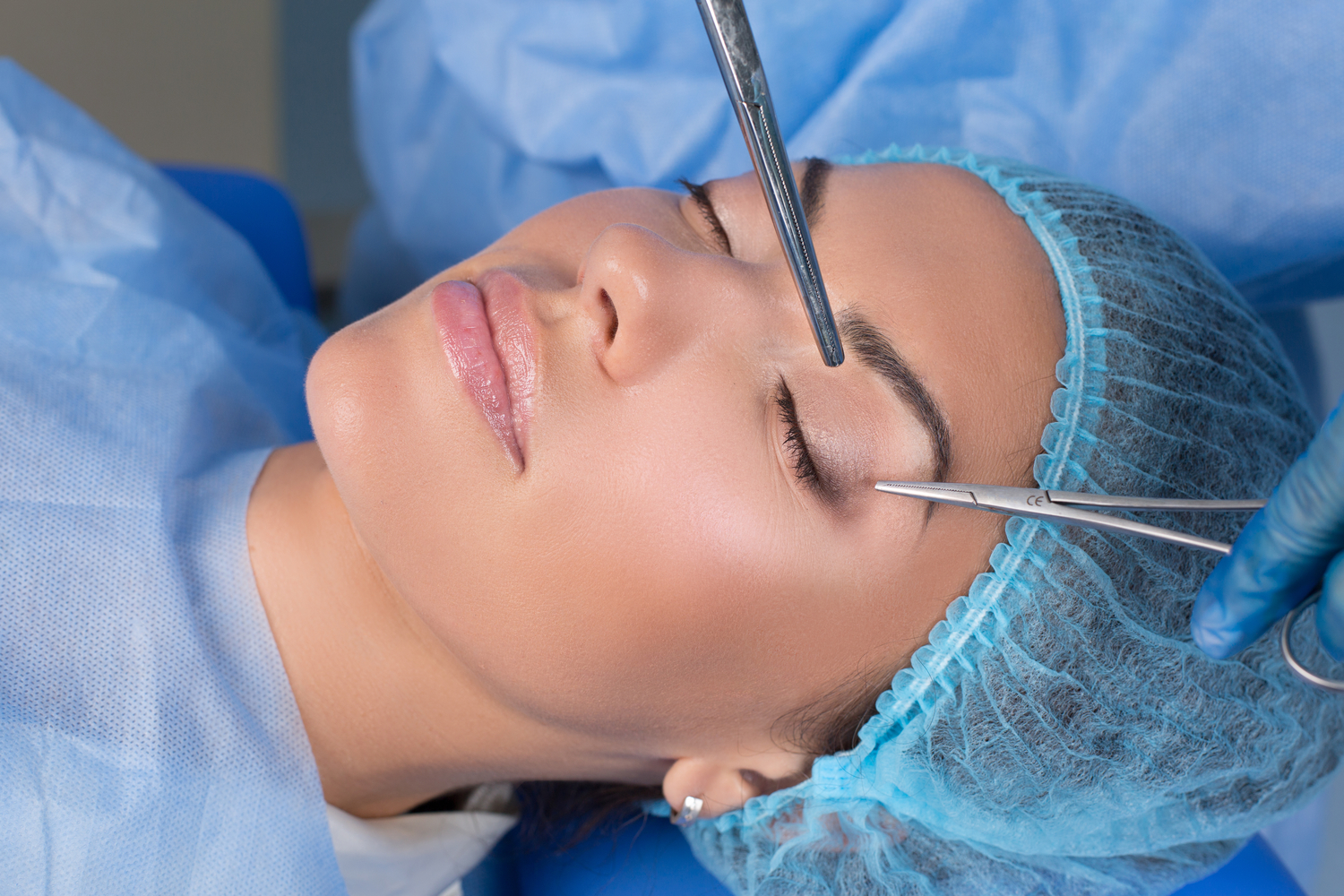An Overview Of Cataract Treatment Options
An overview of cataract treatment options
The main role of your focal lens is to refract light beams that come into the eye to enable you to see. Your own particular focal point ought to be clear, yet with a cataract, it is blurred. If you have a cataract, things will appear to you like you are glancing through a foggy or dusty window. Things may look foggy, murky, or less bright.

Below is some information about the treatment options for cataract.
What is the dropless cataract surgery?
- One of the latest approaches to the cataract treatment options is Tri-Moxi or a dropless cataract surgery.
- Generally, when you undergo a cataract surgery, doctors prescribe eye drops that need to be used several times per day for several weeks to prevent infection and inflammation.
- The essential medications are utilized inside your eye at the time of your procedure with dropless cataract surgery.
- This can be done before you leave the operating room.
- This option can be safely and effectively used for most patients and it also adds convenience and reduces costs for the patients.
What is the multifocal correction?
- In older times, when you underwent a cataract surgery, you were provided with only one focal point. Due to this procedure, people were left dependent on reading glasses or bifocals.
- However, nowadays, due to the recent advancements in the multifocal technology, you can see objects at a distance and read without magnifying glasses.
- All these things can be possible because of various developments in the technologies.
- Everyone may not be able to utilize these lenses as these lenses have some limitations.
- Some additional checkups need to be done to determine whether you can utilize these advanced technology lenses or not.
- You must consult with your eye doctor if you’re interested in having these multifocal correction lenses.
What is the procedure done of a cataract surgery?
- Before starting the surgery procedure, doctors numb the eye with eye drops or with an injection near the eye.
- To make the patient calm and comfortable, a medicine is often prescribed.
- The surgeon makes tiny incisions to enter into the eye.
- These cuts are created by laser or a blade close to the edge of the cornea.
- This makes it possible for the surgeon to reach the lens in the eye through these incisions.
- The cataract is removed using very small instruments by breaking the lens with the cataract. Post which the doctor removes it.
- The doctor then inserts the new lens in place.
- Mostly, this surgery does not need a stitching of the incisions to close it.
- These incisions are “self-sealing”, so eventually, they will close by themselves over the time.
- To protect the eye while one heals from the surgery, a protective cover will be placed over the eye.
- Then the patient is asked to take rest in a recovery area for some time.
- On the same day of surgery, the patient can go home.
If you have a medical insurance how much will a cataract surgery cost?
- Medicare insurance providers will take care of your expenses if your vision tests at a specific level of keenness or lucidity.
- Private protection plans may have comparative vision prerequisites.
- In the event that your medical procedure is secured, you may, in any case, have very few expenses.
- Unique kinds of intraocular lenses (IOLs) will cost more. Having a cataract medical procedure before your vision has sufficiently weakened will cost more.
- In some cases, it may be better to get the surgery before you meet the age or vision prerequisites.
- Converse with your ophthalmologist in the event that you are thinking about having early cataract medical surgery.
What kind of precautions need to be taken after a cataract surgery?
These are some precautions you should take after a cataract surgery:
- After surgery, daily utilize eye drops prescribed by the doctor.
- Make sure no water or soap gets into your eyes.
- Always protect your eyes with glasses and do not press or rub the eyes.
- Protect your eyes from smoke or excessive heat.